For many countries, poultry production is essential to their food systems. In Denmark, this sector is one of its biggest contributors to the country’s economy, accounting for almost 4% of the gross domestic product (GDP). Therefore, poultry farming in Denmark is a very lucrative business. Moreover, poultry farming in Denmark is a highly efficient and modern industry.
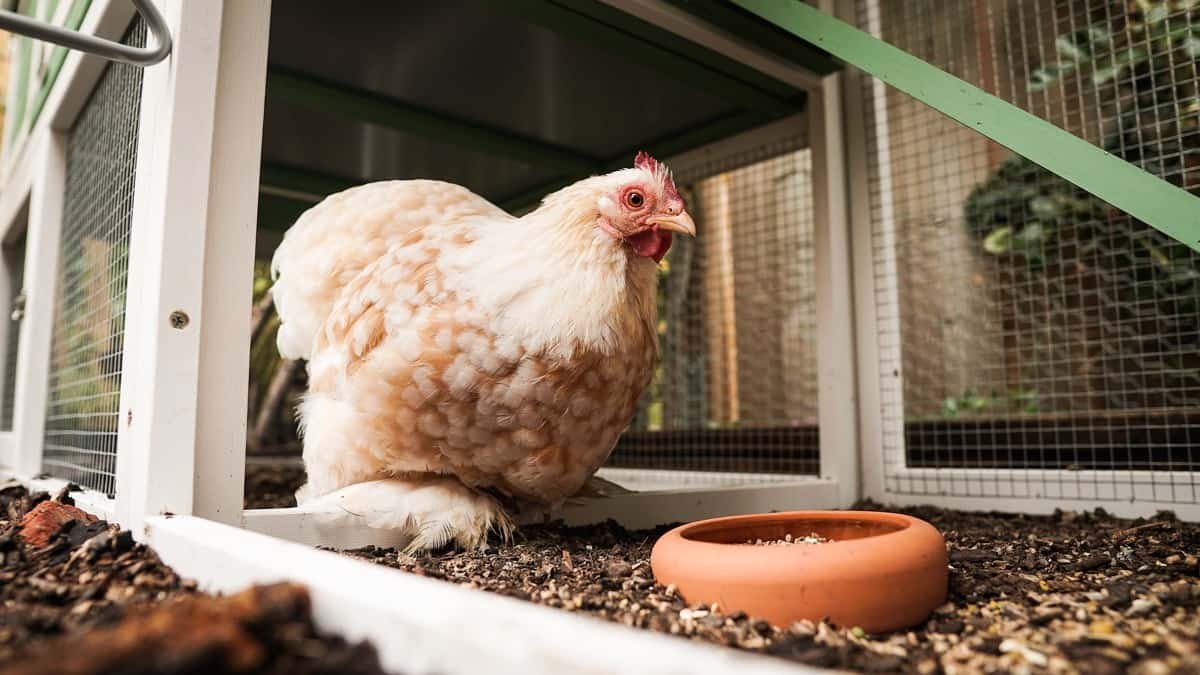
Key rules to start poultry farming in Denmark
Poultry farming importance in Denmark
- Denmark produces high-quality grains and protein crops used to make poultry feed.
- Poultry houses in Denmark are designed to provide optimal conditions for the birds, with ample space and good ventilation.
- Poultry farming is an important part of Denmark’s economy and plays a significant role in the country’s food supply. Poultry meat is one of the most popular meats in Denmark, and chicken is the most consumed poultry meat.
- Poultry farming in Denmark is highly efficient and results in high-quality meat products. In addition, Danish farmers have developed innovative methods of chicken production that minimize waste and optimize land use.
- The Danish government supports the industry and provides financial incentives for farmers. Poultry products are also subject to lower tariffs when exported to other countries. In addition to these advantages, Danish poultry farmers have access to the latest technology and equipment. This allows them to produce high-quality chicken and eggs at a competitive price.
- Poultry farming in Denmark is a great way to get started in the agricultural industry. Denmark has a long history of poultry production, and today it is one of the leading European countries for poultry production.
In case you missed it: How to Start Greenhouse Farming in Denmark: Business Plan, Key Rules, Setup Cost, and Profit
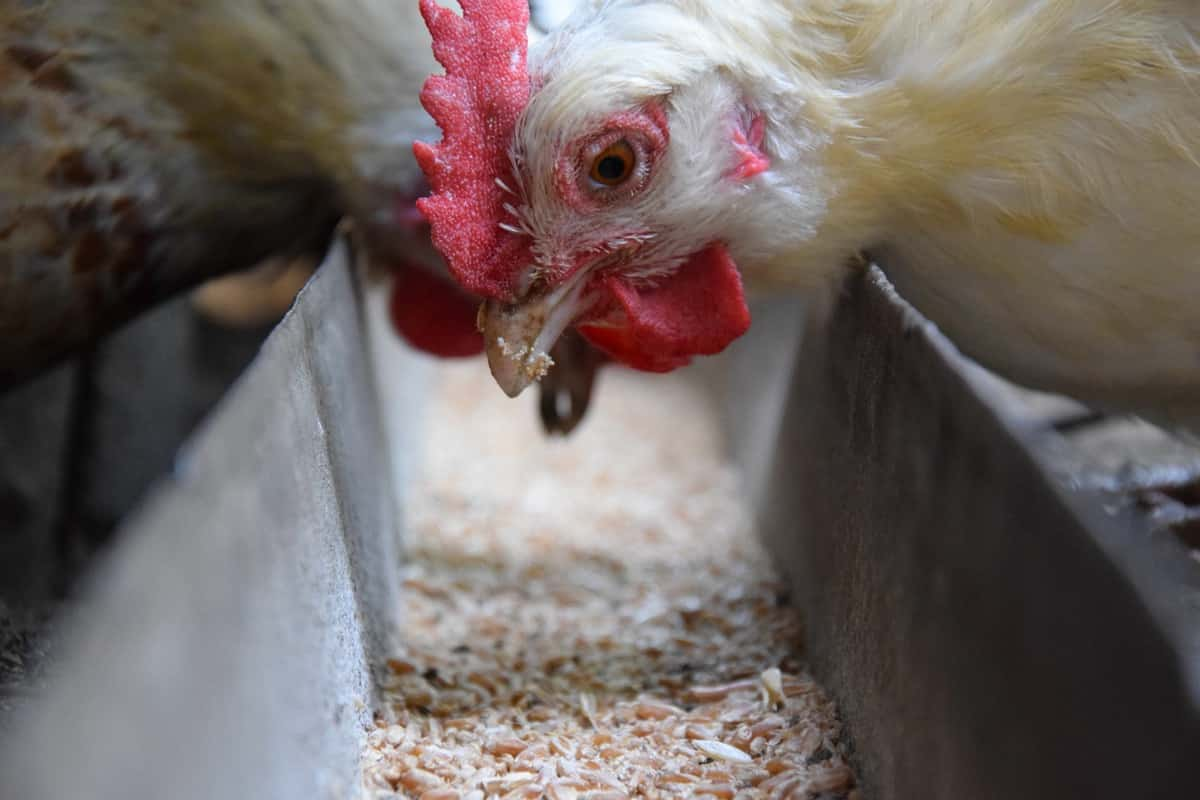
Is poultry farming profitable in Denmark?
Poultry farming has been a lucrative business in Denmark for many years. The country is blessed with an ideal climate for raising chickens, and the industry has long been supported by government policies that make it easy for farmers to get started and operate profitably. Today, more than 1,200 poultry farms in Denmark produce over 800 million eggs and 30 million chickens yearly. Most of these farms are family-run businesses, and many have been in operation for generations. As a result, poultry farming is still very profitable in Denmark, with farmers earning good operating incomes.
Steps to start a poultry business plan in Denmark
- Know about the Danish poultry industry: Before getting started in poultry farming, it is essential to know about the poultry industry in Denmark. This will help you understand the market and the types of products in demand. Additionally, understanding the various industry regulations will help you avoid potential problems.
- Get some land: You will need a place to house your birds and build any necessary structures. The amount of land you need will depend on the size of your operation and the type of poultry you are raising.
- Build appropriate housing for your birds: The housing should protect them from the elements and predators and be sized appropriately for the number of birds you have.
- Buy or lease equipment: You will need basic equipment for raising poultry, such as feeders and waterers, cages or pens, and incubators if you plan to hatch baby chickens.
- Choose the right location: One of the most important factors in successful poultry farming is choosing the right location. The climate, soil quality, and proximity to markets are all important factors when choosing a farm site.
- Invest in good infrastructure: Poultry farms require good infrastructure to function properly. This includes everything from housing and feeding facilities to transportation and storage infrastructure. Investing in good quality infrastructure will help reduce costs and increase efficiency on your farm.
- Raise your birds according to best practices: This includes providing them with adequate food and water and keeping their housing clean.
- Plan for success: Successful poultry farmers have detailed business plans that clearly outline their goals and objectives. A well-thought-out plan will help you make informed decisions about your business and increase your chances of success.
Key rules to start poultry farming in Denmark
- Firstly, you’ll need to obtain a permit from the Danish Ministry of Environment and Food.
- Poultry farms must be located in an area with no risk of flooding.
- You must have a minimum of 2 hectares (5 acres) of land available for your farm.
- You’ll need to comply with strict biosecurity measures to prevent the spread of disease.
In case you missed it: Key Rules to Start Organic Farming in Denmark: Business Plan, Cost, Profit, and Management
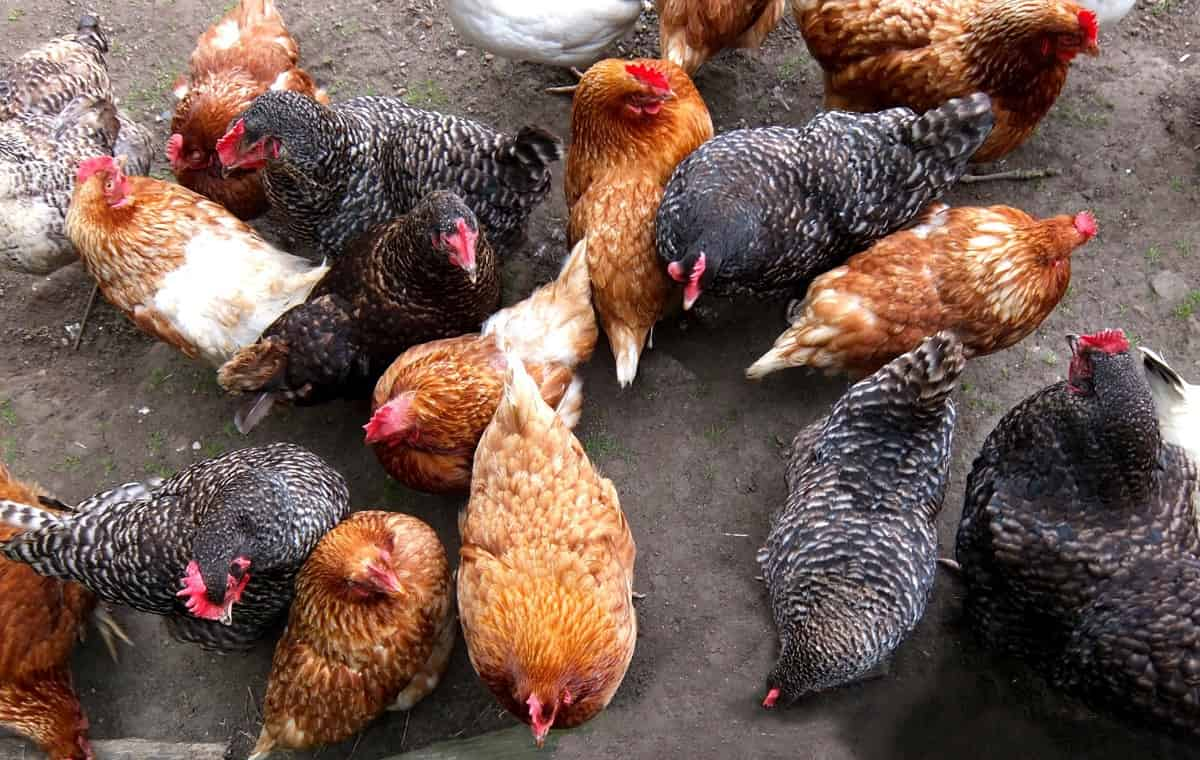
Tips on raising poultry farming in Denmark
- Poultry farmers in Denmark must follow strict rules and regulations to ensure that their chickens are healthy and well-cared for. The Danish government has set strict guidelines on how chickens should be raised, what they should be fed, and how they should be housed.
- Poultry farmers in Denmark use modern technology to produce high-quality chicken meat and eggs. The chickens are raised in clean, spacious barns with plenty of fresh air and daylight. The barns are equipped with automatic feeders and drinkers, which ensures that the chickens always have access to food and water.
- The Danish poultry industry is also very focused on animal welfare. The chickens are well-cared for and have a good quality of life. Poultry farmers in Denmark have to follow strict rules on how the chickens can be handled and how they should be slaughtered.
Requirements for poultry farming in Denmark
- You will need to obtain a Danish Veterinary and Food Administration license. This license is required for all commercial poultry farms in Denmark and includes layer and broiler operations.
- Poultry farms must meet the biosecurity requirements of the Danish Ministry of Environment and Food. These requirements include having a separate building for housing your birds and separate areas for feeding and watering them.
- Your poultry farm must also have a management plan that outlines how you will maintain biosecurity on your premises. The Danish Veterinary and Food Administration must approve this plan. Lastly, you will need to purchase liability insurance for your farm. This insurance is mandatory for all commercial poultry farms in Denmark.
Small-scale poultry farming in Denmark
Small-scale poultry farming in Denmark is becoming increasingly popular as a way to produce healthy, affordable food. There are many reasons for this trend, including Denmark’s long tradition of small-scale farming and the recent trend toward organic and sustainable agriculture.
Poultry farming in Denmark is generally done on a small scale, with most farms having fewer than 500 chickens. This allows farmers to focus on quality over quantity, resulting in healthier birds. Small-scale poultry farms are also more sustainable, as they have a less environmental impact.
Poultry production methods in Denmark
- Intensive indoor production is the most common method of poultry production in Denmark. Chickens are kept in spacious, well-ventilated barns with artificial lighting. They are given a balanced diet of pellets and grain and have access to water at all times. This product provides good conditions for the chickens and produces a high meat yield.
- Free-range poultry production is also common in Denmark. This means that the birds can roam freely outdoors, resulting in a happier and healthier birds. Free-range chicken farms typically have higher standards for animal welfare, and the meat is often more expensive. Chickens are allowed to roam freely outdoors during the daytime and are typically kept in smaller groups than in intensive indoor productions. They are given a natural diet of insects, seeds, and plants, which results in a leaner meat product.
- Organic poultry production is less common than the other two methods, but it is growing in popularity. Chickens are kept on open pasture land with access to shelter, fresh air, and sunlight. They are given an organic diet that does not contain any genetically modified ingredients or synthetic pesticides. This type of production results in a healthier chicken with a more intense flavor.
In case you missed it: 12 Key Rules for Effective Poultry Farm Management: From Planning to Reducing Production Cost
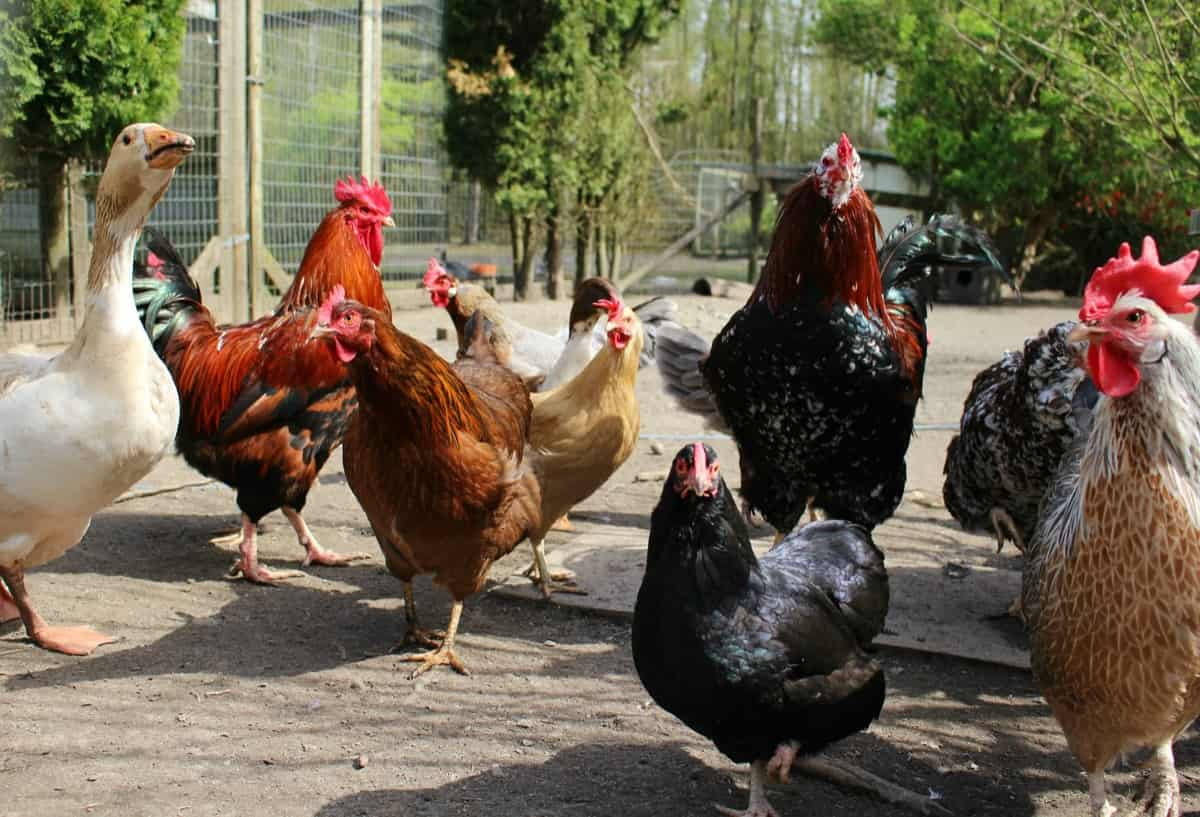
Good husbandry practices for Denmark poultry farmers
As the poultry farming industry in Denmark continues to grow, farmers need to implement good husbandry practices to maintain a successful operation.
- Providing clean and comfortable housing for birds
- Keeping the farm environment clean and free of potential health hazards
- Promoting good ventilation throughout the farm
- Monitoring birds closely for signs of illness or injury
- Administering preventative vaccinations against common poultry diseases
- Following strict biosecurity protocols to minimize the risk of disease outbreaks
Care and management of poultry farms in Denmark
Danish poultry farmers take great care of their birds and have some of the best animal welfare standards in the world. The farmers work closely with veterinarians and animal health specialists to maintain high health standards for their flocks. They also use modern technology to track their birds’ health and identify potential problems early.
The Danish poultry industry is also very environmentally friendly. The farmers use environmentally friendly practices such as using renewable energy sources, recycling manure, and using waste products from other industries to feed their chickens. These practices help to reduce the impact of poultry farming on the environment.
Danish poultry farmers use the latest technology and husbandry practices to produce safe and healthy food products. However, the poultry industry is heavily regulated to ensure that all farms meet strict welfare and environmental standards. Nevertheless, with the right inputs and management practices, farmers can generate a good income from selling chicken, turkey, and eggs to the local market.
Poultry farming loans and subsidies in Denmark
The Danish government offers a variety of loans and subsidies to farmers interested in poultry farming. These programs are designed to help farmers with the initial investment in poultry housing and equipment and the costs associated with raising chickens. The government offers two types of loans for poultry farmers: an interest-free loan and a subsidized loan. The interest-free loan is available for up to 50% of the project’s total cost, and the subsidized loan is available for up to 75% of the total cost.
Poultry farm set-up cost in Denmark
The average poultry farm set-up cost is about Kr. 2,00000 to 2,500,000. This includes the cost of purchasing the land, constructing the housing and other buildings, and installing the necessary equipment. The start-up costs can be significantly higher if you plan to build a large-scale commercial operation.
Poultry breeds available in Denmark
Some popular breeds include the White Leghorn, Danish Country Hen, Luttehøns, Rhode Island Red, and Sussex. These breeds are all well-suited for commercial egg production and meat production. Other popular poultry breeds in Denmark include the Blue Orpington, Brahmas, and Plymouth Rocks. These breeds are all known for their docile nature and large size.
Poultry farming states in Denmark
- Jutland: Jutland is Denmark’s largest and most productive poultry farming region, accounting for around 70% of the country’s total production. The main breeds raised here are broiler chickens, laying hens, and ducks.
- Funen: Funen is Denmark’s second largest poultry farming region, accounting for around 20% of the country’s total production. The main breeds raised here are broiler chickens and laying hens.
- Zealand: Zealand is the third largest poultry farming region in Denmark, accounting for around 10% of the country’s total production. The main breed raised here is broiler chicken.
In case you missed it: How to Start Poultry Farming from Scratch: A Detailed Guide for Beginners
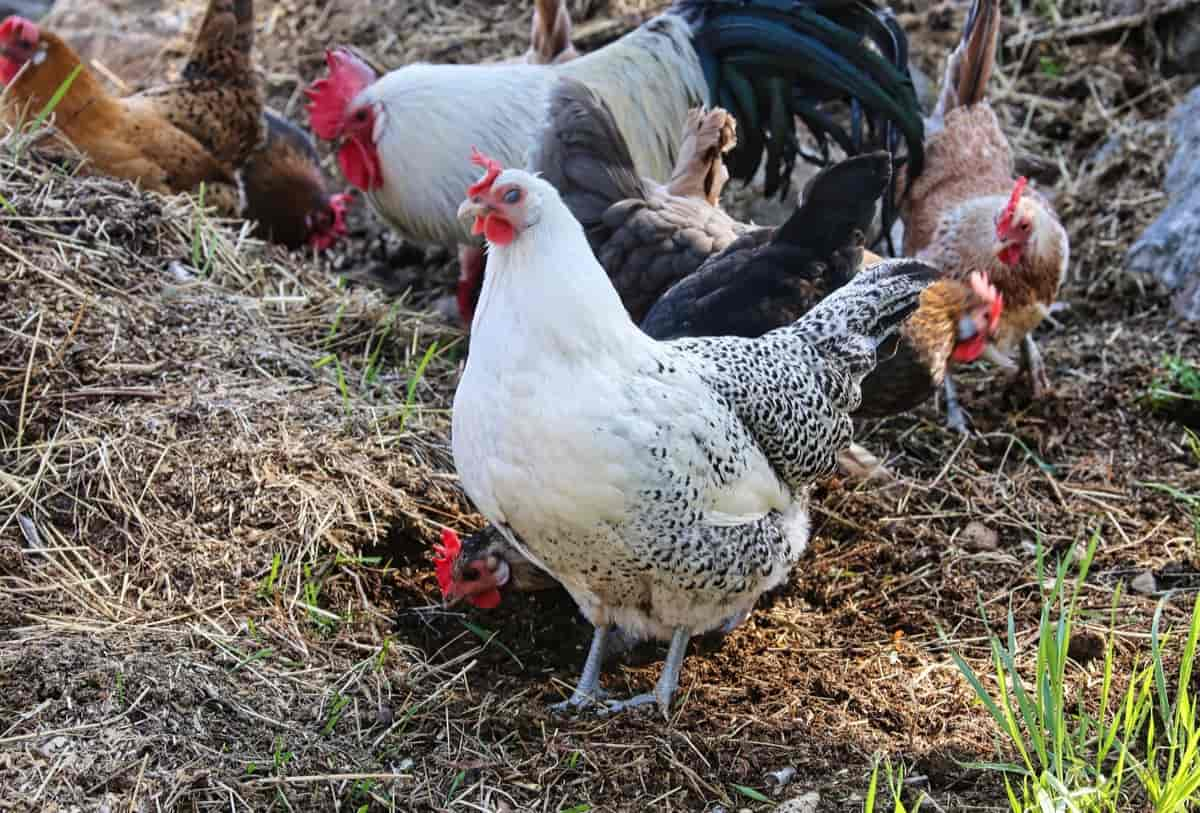
Poultry farm problems in Denmark
- High costs: Poultry farming is a capital-intensive business, and Danish farmers face high costs for land, buildings, and equipment. In addition, feed costs are high due to the country’s import tariffs on soybeans and other grains.
- Strict regulation: Denmark has some of the strictest environmental regulations in the world, and these regulations apply to poultry farms. For example, farmers must use specialized ventilation systems to reduce ammonia emissions and meet stringent standards for manure management. These regulations add to the already high costs of operating a poultry farm in Denmark.
- Public resistance: There is significant public opposition to intensive livestock farming in Denmark, including poultry farms. Farmers have been subject to protests and vandalism by animal rights activists, and there is increasing pressure on the government to tighten regulations on the industry. This public resistance makes it difficult for farmers to expand their operations or improve their facilities.
Poultry farming challenges in Denmark
The country’s small size and relatively high population density create land availability and transportation infrastructure challenges. One of the biggest challenges facing the poultry industry in Denmark is the increasing feed cost. This is a major expense for farmers, and it cannot be easy to pass on these costs to consumers. However, some innovative solutions are being developed that could help reduce feed costs in the future.
Additionally, the Danish climate is not well-suited to poultry production, with cold winters and wet summers. These conditions can lead to increased heating and ventilation costs and disease risk. Poultry farmers must also navigate strict regulations around antibiotic use, animal welfare, and food safety. Despite these challenges, Denmark remains a leading poultry meat, eggs, and feathers producer.
In case you missed it: Raising Kadaknath Chickens (Black Chicken) in India: Check How this Guide Helps Profitable Kadaknath Poultry Farming from Scratch
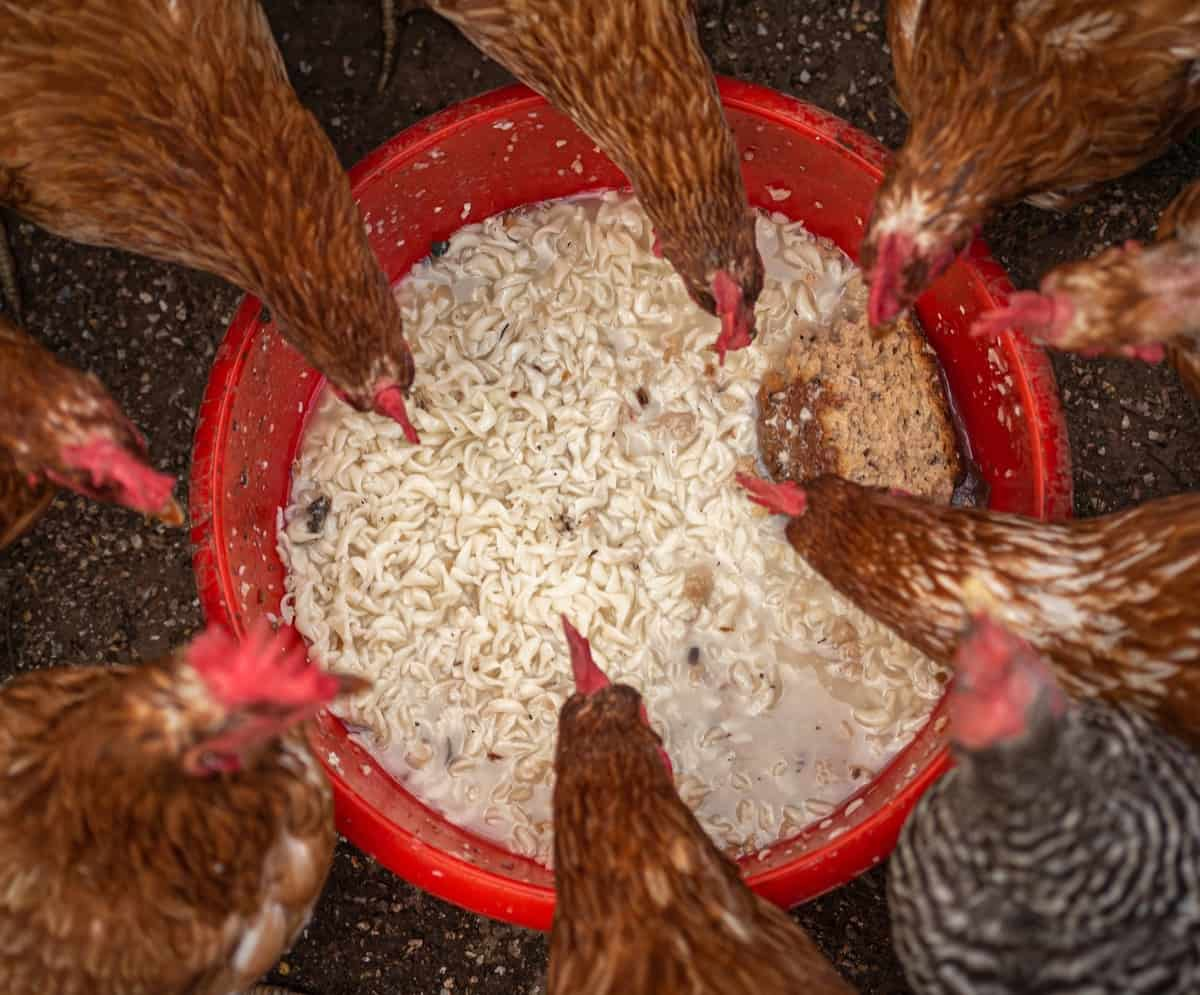
Conclusion
Denmark is home to some of the world’s largest poultry producers. The country’s highly efficient poultry industry strongly focuses on animal welfare. The Danish poultry industry is made up of around 1,500 farms that produce chicken, turkey, ducks, and geese. Denmark’s poultry farmers are among the most productive in the world.
- Types of Pesticides Used in Agriculture: A Beginner’s Guide
- Economical Aquaculture: A Guide to Low-Budget Fish Farming
- 15 Common Planting Errors That Can Doom Your Fruit Trees
- How to Make Houseplants Bushy: Effective Tips and Ideas
- Innovative Strategies for Boosting Coconut Pollination and Yield
- Pollination Strategies for Maximum Pumpkin Yield
- The Complete Guide to Chicken Fattening: Strategies for Maximum Growth
- Natural Solutions for Tulip Problems: 100% Effective Remedies for Leaf and Bulb-Related Issues
- Revolutionizing Citrus Preservation: Towards a Healthier, Greener Future
- Natural Solutions for Peony Leaf and Flower Problems: 100% Effective Remedies
- Maximizing Profits with Avocado Contract Farming in India: A Comprehensive Guide
- Natural Solutions for Hydrangea Problems: 100% Effective Remedies for Leaf and Flowers
- The Ultimate Guide to Choosing the Perfect Foliage Friend: Bringing Life Indoors
- From Sunlight to Sustainability: 15 Ways to Use Solar Technology in Agriculture
- The Ultimate Guide to Dong Tao Chicken: Exploring from History to Raising
- The Eco-Friendly Makeover: How to Convert Your Unused Swimming Pool into a Fish Pond
- Mastering the Art of Delaware Chicken Farming: Essentials for Healthy Backyard Flocks
- 20 Best Homemade Fertilizers for Money Plant: DIY Recipes and Application Methods
- How to Craft a Comprehensive Free-Range Chicken Farming Business Plan
- Brighten Your Flock: Raising Easter Egger Chickens for Beauty and Bounty
- How to Optimize Your Poultry Egg Farm Business Plan with These Strategies
- Subsidy for Spirulina Cultivation: How Indian Government Schemes Encouraging Spirulina Farmers
- Ultimate Guide to Raising Dominique Chickens: Breeding, Feeding, Egg-Production, and Care
- Mastering the Art of Raising Jersey Giant Chickens: Care, Feeding, and More
- Ultimate Guide to Raising Legbar Chickens: Breeding, Farming Practices, Diet, Egg-Production
- How to Raise Welsummer Chickens: A Comprehensive Guide for Beginners
- How to Protect Indoor Plants in Winter: A Comprehensive Guide
- Ultimate Guide to Grow Bag Gardening: Tips, Tricks, and Planting Ideas for Urban Gardeners
- Guide to Lotus Cultivation: How to Propagate, Plant, Grow, Care, Cost, and Profit
- Agriculture Drone Subsidy Scheme: Government Kisan Subsidy, License, and How to Apply Online
- Ultimate Guide to Raising Araucana Chickens: Breed Profile, Farming Economics, Diet, and Care
- Bringing Hydroponics to Classroom: Importance, Benefits of Learning for School Students
- Ultimate Guide to Raising Polish Chickens: Breed Profile, Farming Economics, Diet, and Care
- Ultimate Guide to Raising Australorp Chickens: Profile, Farming Economics, Egg Production, Diet, and Care
- Silkie Chicken Farming: Raising Practices, Varieties, Egg Production, Diet, and Care
- Sussex Chicken Farming: Raising Practices, Varieties, Egg Production, Diet and Care
I like your work. This is very beautifully written. Well done Keep it up.